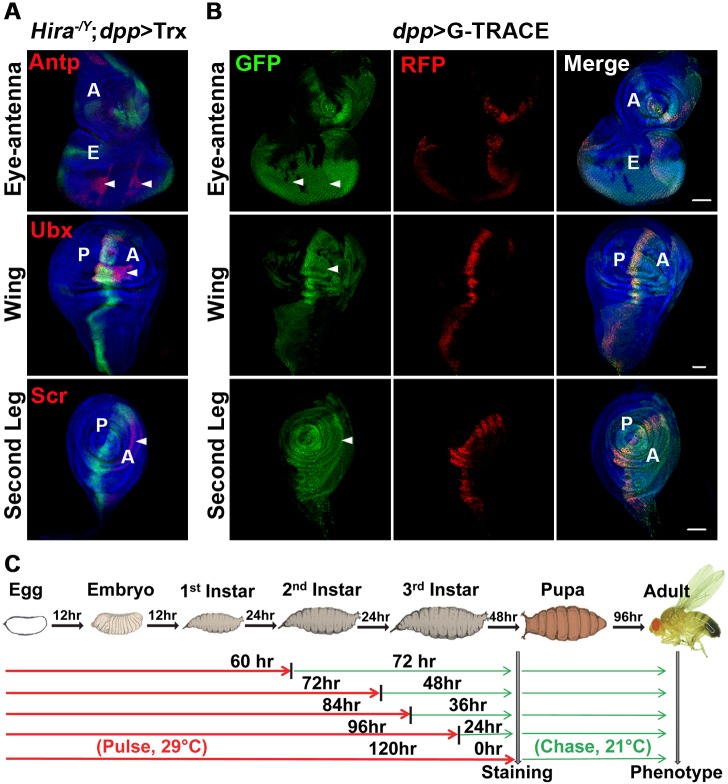Fig 3. Lineage analyses of Hox-expressing cells that lack dpp>GFP.
(A) Incompatible Hox and GFP patterns in Hira mutants. Staining of Antp, Ubx and Scr in eye-antenna, wing and L2 leg discs, respectively, is shown in merged images with Hox staining (red), DNA staining (blue) and dpp>GFP signals (green). Regions showing Hox signals that do not match with dpp>GFP signals are indicated by arrowheads (Hira-dependent signal). Note that deviant Scr signals are also seen in the dpp>Trx background. (B) Comparison of cells with dpp-Gal4 activities at different stages. A G-TRACE strategy [49] was used to simultaneously mark cells with dpp-Gal4 activities throughout development by a FLP-dependent Ubi-GFP and cells with concurrent dpp-Gal4 activities by UAS-RFP in different discs (details in S7A Fig). Merged images of GFP (green), RFP (red) and DNA (blue) are shown. Arrowheads indicate regions with incompatible Hox expression in Fig 3A. (C) Protocol for pulse-chase experiments. A G-TRACE strategy was used for animals carrying a temperature-sensitive Gal80 (tub-Gal80ts). Embryos were raised at non-permissive temperature (29°C) for indicated periods (red line) until larval stages to allow cell marking by both Ubi-GFP and UAS-RFP. Subsequently, larvae were returned to permissive temperature (21°C, green line) to block Gal4 activity. The duration for 21°C was roughly estimated based on that for 29°C. The approximate developmental stages are indicated.

